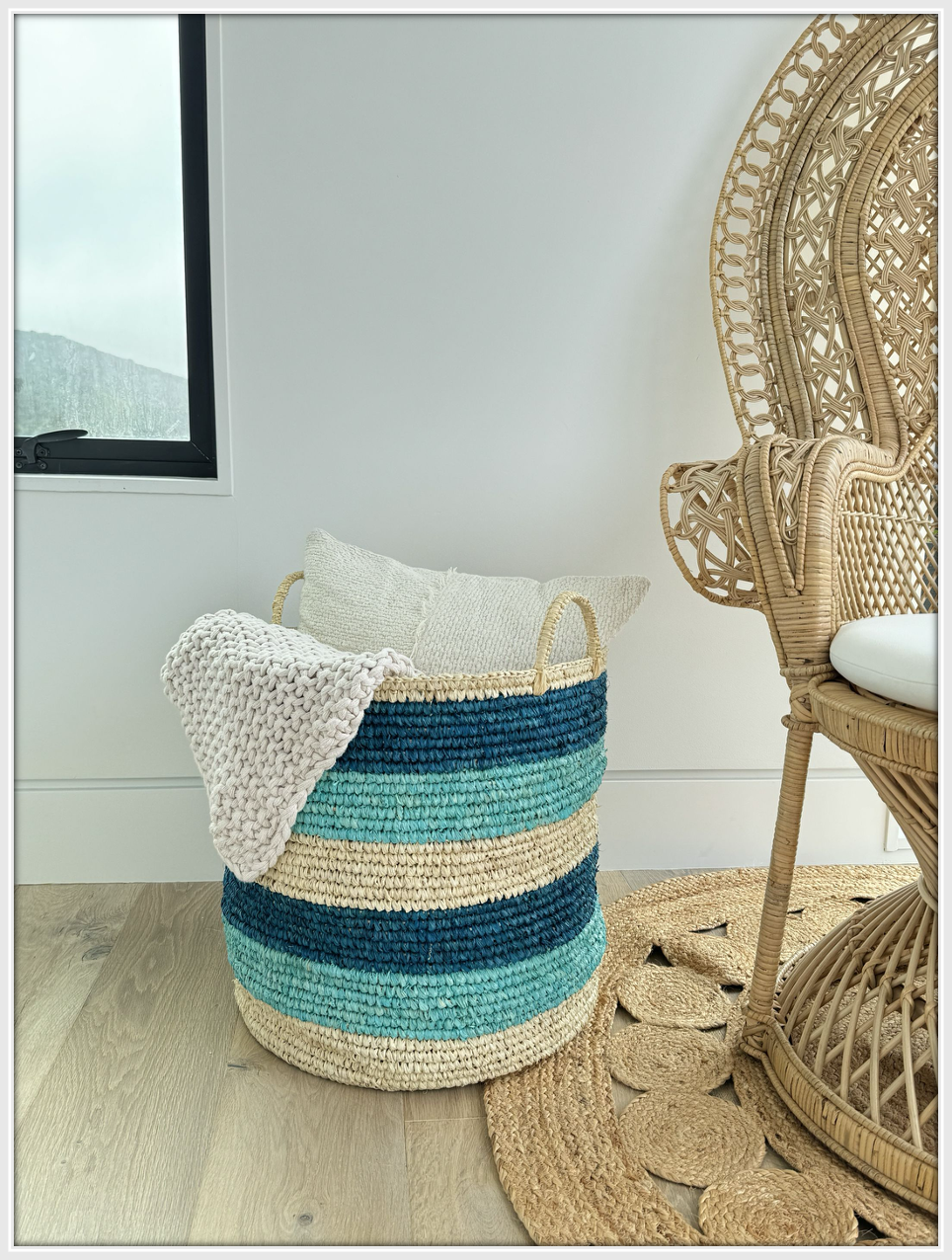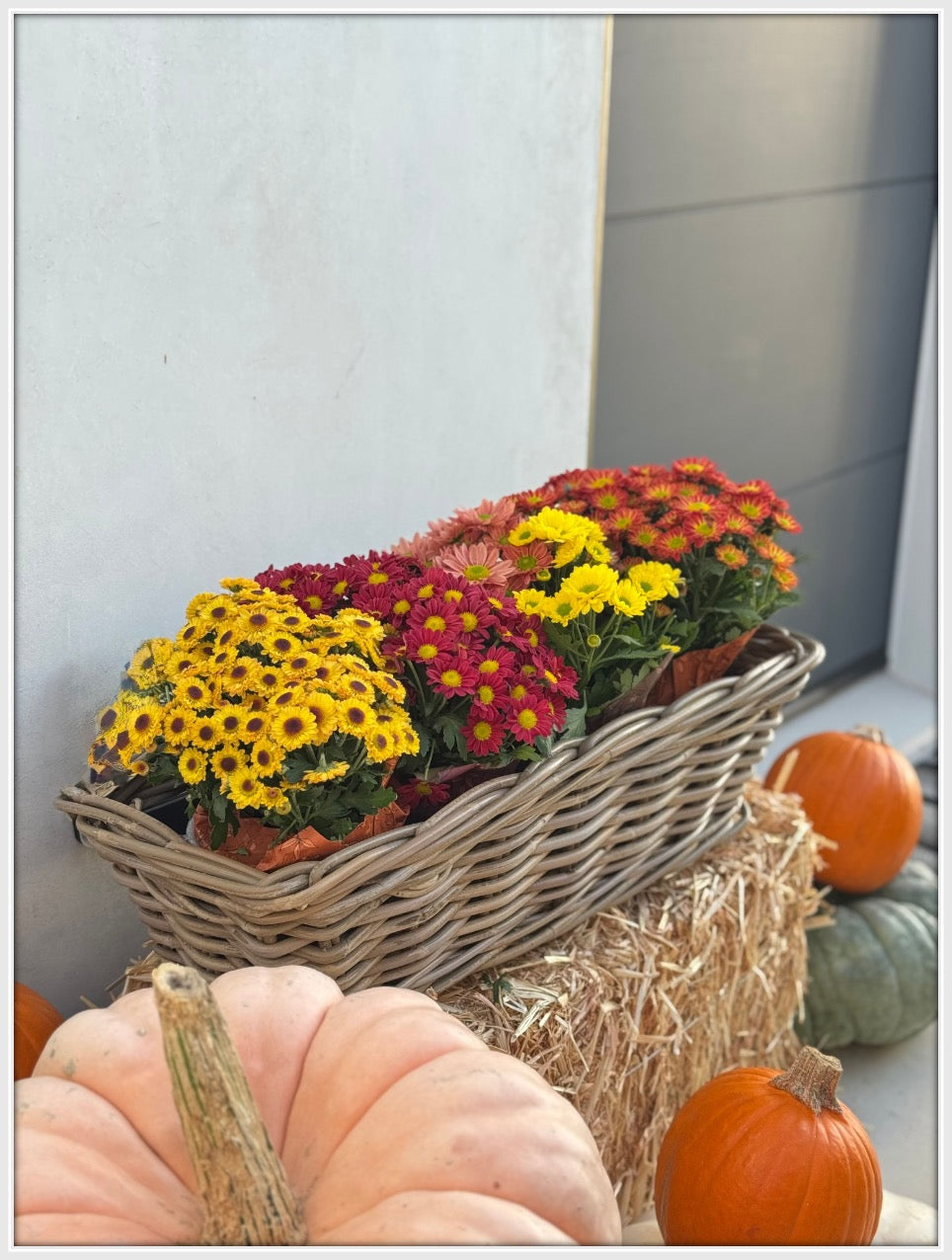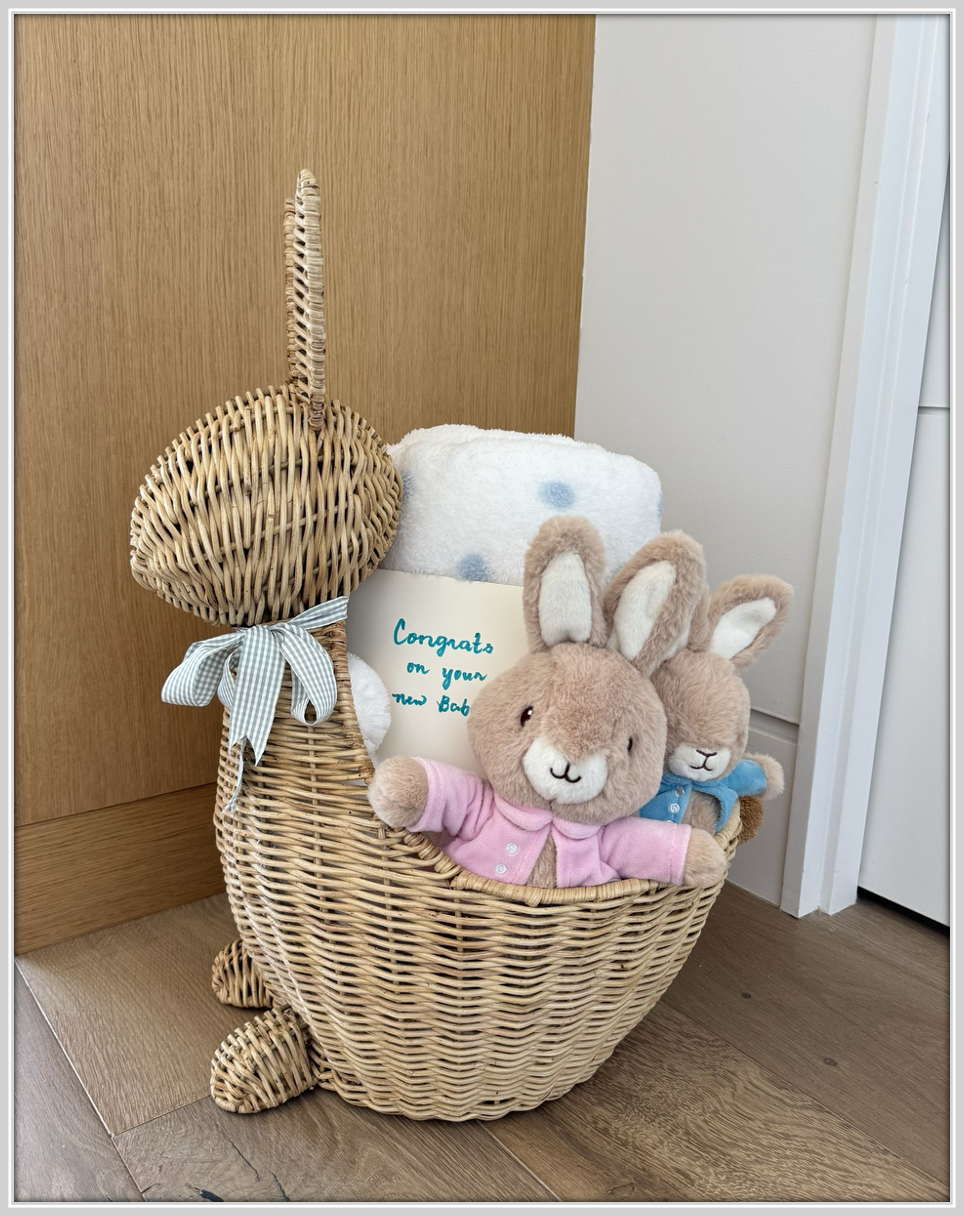All Discounted Items are Final Sale

Mirror, mirror on the wall, what’s the fairest design aesthetic of all? (Hint: it includes mirrors!)
Mirrors aren’t just handy for applying eyeliner and filming a fit check. Mirrors can also be pivotal elements in interior design, offering both functionality and aesthetic appeal. From statement floor mirrors to above-the-mantel décor, mirrors can bring your space to life and help you define your personal aesthetic.
If you’re not sure how to use mirrors in your décor, don’t fret! This expert guide dives deep into the art of decorating with mirrors, showcasing how these versatile pieces can enhance or completely transform your interior spaces.
Functionally, mirrors are a necessity in everyday life – from getting dressed to the final check before leaving the house. Decoratively, they are transformative, capable of altering a room's ambiance by amplifying light, enlarging spaces and serving as dynamic decorative elements. The unique ability of mirrors to blend into any design aesthetic while enhancing the space's functionality makes them a favorite among interior designers and homeowners alike.

Source: KOUBOO
So just how do you choose the right mirror for – or its placement within – your space? The right mirror – placed in the right spot – will not only complement, but ultimately elevate the chosen space. If you’ve ever thought of mirrors as simple adornments or décor accessories, start thinking of them in a new light; they are dynamic elements that can dramatically reshape the perception of a room.
Smaller mirrors, on the other hand, can be used as subtle accents when hung by themselves, or can add intrigue and complexity to a wall when grouped together to create a gallery effect. The key lies in finding a balance that complements both the scale of the room and its existing decor, ensuring that the mirror enhances rather than overwhelms the space.
In environments like bathrooms, where humidity is a factor, the material's durability against moisture is a critical consideration. Whatever you choose, the mirror's material should not only be practical and durable, but also complement the room's style and color palette.
The color and pattern of a mirror frame can either blend with the existing decor or serve as a striking contrast. A mirror with a brightly colored or intricately patterned frame can become a room's centerpiece, while a more subdued, neutral-framed mirror can subtly enhance the overall aesthetic.
When selecting a mirror, consider the existing color scheme and decorative style of the room, ensuring that the mirror either seamlessly integrates or thoughtfully contrasts with its surroundings. For example, an intricately carved wood mirror might be the perfect touch of traditional formality in an otherwise contemporary space.
Whether you’re a novice or seasoned expert in home design, there are a few tips and tricks we recommend for anyone looking to decorate with mirrors.

Source: KOUBOO

Source: Style by Emily Henderson
Mirrors are a designer's secret weapon in making small spaces feel larger and more open. By reflecting light and views, mirrors create an illusion of depth, effectively doubling the perceived space of a room. For maximum effect, position large mirrors on walls opposite windows or in narrow hallways to visually expand these areas.
Source: The Spruce
Strategically placing mirrors can enhance a room's natural lighting. Positioning a mirror opposite or adjacent to a window can dramatically increase the amount of natural light in the space. However, be mindful of direct sunlight, which can create harsh glares. The key is to angle mirrors to reflect light softly and evenly throughout the room, creating a bright, welcoming atmosphere.
Source: Michael Helwig Interiors
Mirrors can be a clever solution to counterbalance asymmetrical or irregularly shaped rooms. By placing mirrors on certain walls, you can visually alter the room's proportions, creating a sense of balance and symmetry. This strategy can be particularly effective in older homes with unique architectural features or in rooms with unevenly distributed furniture.
Source: Eclectic Twist
Mirrors can serve as a canvas, reflecting and emphasizing the beauty of art pieces or other decorative elements in a room. Positioning a mirror to capture the reflection of a striking painting, a unique sculpture or an elegantly arranged shelf can double the visual impact of these features, adding depth and interest to the space.
Source: My Domaine
A well-chosen mirror can serve as an impressive focal point in a room, drawing attention and adding a touch of elegance. Select a mirror with an eye-catching frame or a unique shape to create a central point of interest that anchors the room's design. Statement mirrors might top a fireplace mantel, stand alone on the floor or be hung above a table or sofa.

Source: Homes and Gardens
Beyond wall-mounted mirrors, incorporating mirrored furniture is a sophisticated way to enhance a room's ambiance. Pieces like mirrored coffee tables, dressers or sideboards add a touch of glamour and can brighten up any space, reflecting light and color from around the room and contributing to a dynamic and vibrant atmosphere.Mirrors, with their multifaceted utility and aesthetic appeal, are powerful tools in the realm of interior design! Whether used to amplify light, create the illusion of space or serve as decorative focal points, mirrors offer endless possibilities to enhance the beauty of your home. Explore the Kouboo mirror collection to find the perfect mirror that reflects your style and elevates your interior.

Explore 10+ beach house gift ideas from Kouboo - elegant coastal décor and accessories made for relaxed, beachside living.

Discover 10+ budget-friendly fall decor ideas to give your home a warm, cozy vibe. From DIY accents to affordable finds, bring autumn charm into every room without overspending.

Discover 10 clever kids’ room organization and storage ideas to keep toys, books, and clothes tidy. Stylish, practical solutions from Kouboo to remove clutter.